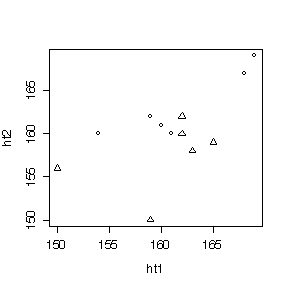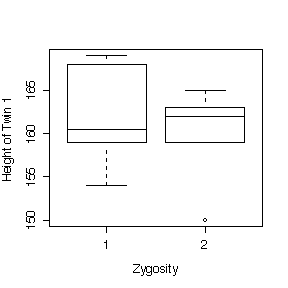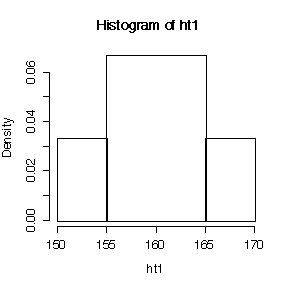



> pvp <- .15
> sens <- pnorm(45,40,15)
> spec <- 1-pnorm(45,60,15)
> prev <- pvp*(1-spec)/(sens*(1-pvp)+(1-spec)*pvp)
> pvn <- spec*(1-prev)/(spec*(1-prev)+(1-sens)*prev)
> RR <- pvp/(1-pvn)
> OR <- spec*sens/((1-spec)*(1-sens))
> data.frame(sens,spec,prev,pvp,pvn,RR,OR)
sens spec prev pvp pvn RR OR
1 0.6305587 0.8413447 0.04251417 0.15 0.9808756 7.843403 9.051062
The two time sequence plots and the box plots show an annual cycle, with sediment concentration lowest in the summer, increasing in the fall and highest in winter. The greatest variability, and the greatest chance of extreme high concentrations, is observed from October through to January.
The time sequence in original units shows that concentrations are generally low, with seasonal peaks. In logarithmic units, the cycles appear more symmetric, fluctuations at very low concentrations show in more detail, and a slight overall linear downward trend is evident. Despite the general downward trend, the seasonal peaks do not diminish in frequency or amplitude over the ten years.
The lag-1 plot in original units is hard to interpret because the presence of extreme values forces most of the points into the bottom left corner. In logarithmic units the scatter of points is more elliptical and shows a strong positive autocorrelation. Since the measurements were made more or less weekly, a lag-1 autocorrelation suggests that it generally takes more than a week for a given concentration of sediment to move past the sampling station at Fort Erie; extremely high concentrations, however, usually pass within a week.